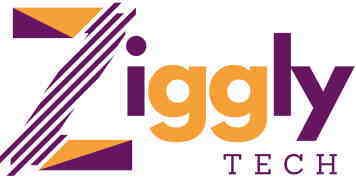Today’s enterprises require a new security model to meet their unique requirements. The zero trust strategy (ZTS) model addresses these needs and eliminates the assumption that everything behind the corporate firewall is secure. Instead, it’s a strategy that’s designed to prevent unauthorized access.
What is Zero Trust?
Zero trust is a strategy that helps organizations prevent data breaches by removing the concept of trust from their network architecture. For example, in 2010, John Kindervag, an analyst at Forrester Research, suggested that enterprises consider all network traffic untrusted and that all requests should be verified before they were sent.
For Kindervag, the concept of the ZTS is a departure from the traditional approach to security. It assumes that the authenticity of an individual’s identity is secure. The ZTS model removes the concept of trust, which allows users to move laterally and expose sensitive data without being restricted.
Explanation of ZTS Models
After entering the network, ZTS users can move laterally and expose anything they want. However, due to the increasing number of devices and services that operate outside the perimeter, enterprises must implement adequate security measures to minimize the risk of a data breach.
The goal of a ZTS from companies like Zscaler is to prevent unauthorized access to the network and services. It involves implementing strong authentication and authorization methods and minimizing implicit trust zones. One of the primary ways to implement a ZTS is through a network-centric approach. This strategy uses different policies and technologies to achieve its goals.
Enhanced Identity Governance
The identity governance approach combines the various elements of a ZTS model, such as authentication and authorization methods, with human and machine identities. Humans on the network use usernames and passwords to authenticate themselves. Machine identities are typically created by machines and use digital certificates and cryptographic keys.
The identity and assigned attributes of a given user or service are the primary requirements for accessing corporate resources. The enforcement of these policies can also be influenced by other factors such as device use and environmental conditions. For example, enterprises with an open network model can easily implement an enhanced identity governance approach or those using cloud-based apps.
Network Micro-Segmentation
An enterprise can also implement a ZTS Network by implementing network micro-segmentation and gateway security components. These components can enforce policies and protect various resources. However, due to the complexity of corporate networks and the need for deep knowledge in identity governance, implementing ZTS requires expertise in this area. Therefore, one of the most critical elements of a ZTS is identifying the user. This ensures that users are who they say they are and use their entitled resources.
There are many machines on a network in today’s world, which means there’s more code running on them. Unfortunately, the digital certificates and cryptographic keys used to identify machines on a network are often not appropriately managed. For instance, the keys to secure admin access to certain systems are often not adequately managed. The complexity of securing critical data and applications can be a daunting task. With Keyfactor, enterprises can confidently connect trusted people and devices.
A ZTS model assumes that the network doesn’t have a traditional edge. Instead, it can be deployed locally or combined with both in the cloud.

0 comments